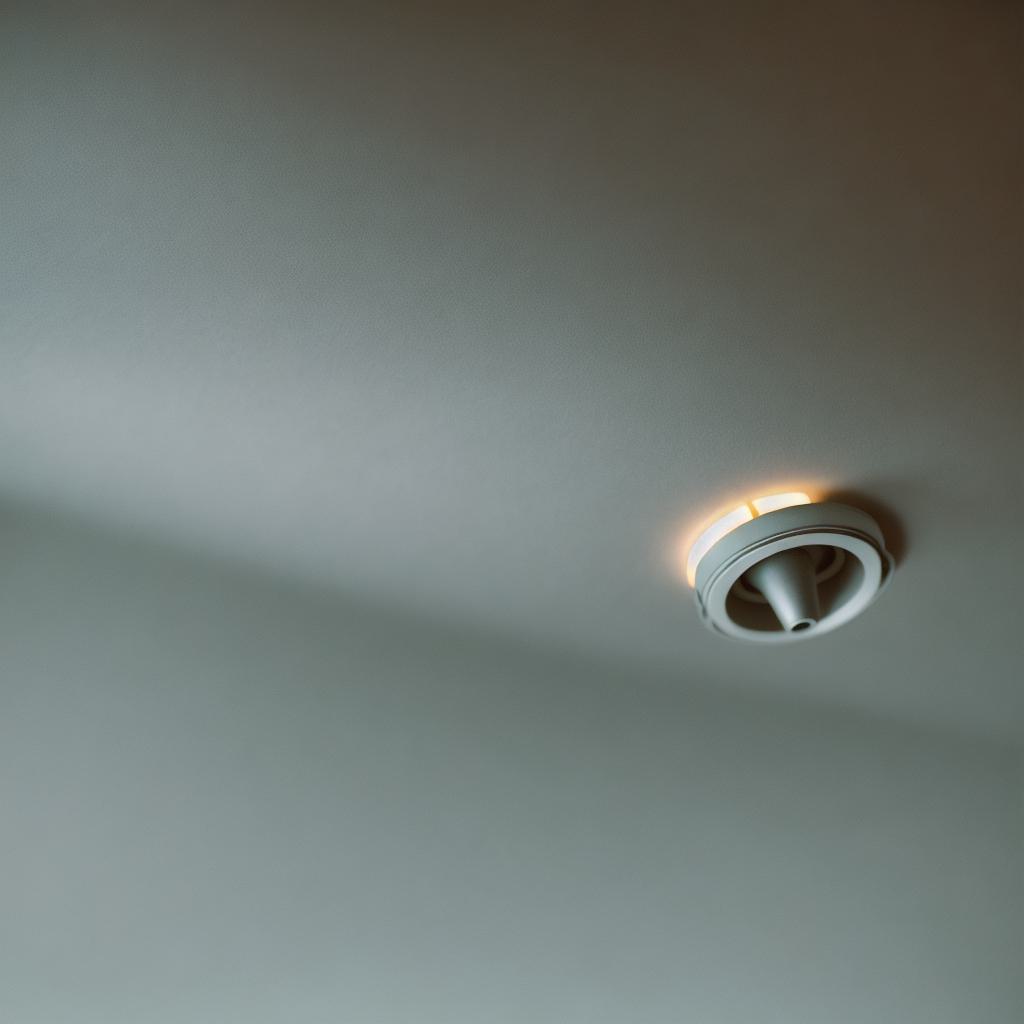How to Sing with Less Breathiness: A Guide
Do you struggle with singing with less breathiness? Are you tired of feeling out of breath while performing? If so, you’re not alone. Many singers suffer from excessive breathiness when they sing, but there are ways to overcome it. In this article, we will provide you with tips and techniques to help you sing with less breathiness and improve your overall vocal quality.
First, let’s understand what breathiness is and why it occurs. Breathiness in singing is the result of overuse of air, causing vibration in the upper part of the vocal cords. It can be caused by several factors such as tension in the throat, poor posture, or lack of support in the diaphragm.
To sing with less breathiness, you need to focus on using air efficiently and supporting your voice properly. Here are some tips that will help you achieve this:
- Focus on breathing from your belly

One of the main causes of breathiness is using too much air from the chest. To avoid this, you should focus on breathing from your diaphragm or stomach instead of your chest. When you inhale deeply, fill up your diaphragm and then exhale slowly through pursed lips. This will help you to conserve air and reduce the risk of breathiness.
- Use a supportive vocal warm-up
Before singing, it’s essential to warm up your voice properly. A vocal warm-up can help you relax your throat muscles, improve tone quality, and prevent injury. One of the most effective vocal warm-ups is the "supportive" vocal warm-up. This warm-up consists of exercises that focus on building support in the diaphragm, which is crucial for singing with less breathiness.
- Practice vocal control
One of the main causes of breathiness is a lack of vocal control. To improve your vocal control, you should practice singing slowly and deliberately, focusing on each note and phrase. This will help you to develop a better sense of pitch and tone quality, which can help reduce breathiness.
- Improve posture
Poor posture can cause breathiness by putting pressure on the upper part of your vocal cords. To improve your posture, stand with your feet shoulder-width apart, keep your back straight, and bring your chin towards your chest. This will help you to maintain proper alignment and reduce tension in your throat muscles.
- Use a laryngologist
In some cases, breathiness can be caused by more significant problems such as vocal cord nodules or polyps. If you suspect that your breathiness is due to a medical issue, it’s essential to see a laryngologist or throat specialist. A laryngologist can diagnose the problem and provide treatment options to help you sing with less breathiness.
FAQs
- What causes breathiness in singing?
Breathiness in singing is caused by overuse of air, which causes vibration in the upper part of the vocal cords. It can be caused by several factors such as tension in the throat, poor posture, or lack of support in the diaphragm. - How can I avoid breathiness when singing?
To avoid breathiness when singing, you should focus on using air efficiently and supporting your voice properly. You can do this by focusing on breathing from your belly, using a supportive vocal warm-up, practicing vocal control, improving posture, and seeking medical advice if needed. - Is it normal to have some breathiness in my singing?
Some breathiness is normal when you’re first learning to sing or if you’re singing in a loud environment. However, excessive breathiness can be problematic and may indicate an underlying issue with your vocal cords or posture.



